![Barbary Macaque Monkeys [Infants] Barbary Macaque Monkeys [Infants]](/sites/default/files/styles/resource_card_image_360x300_/public/barbarymacaquemonkeys.jpg?itok=KqJeCvJI)
Mammals: Primates
Picture Collections
6 images of some mammals classified as primates such as monkeys, apes and humans and characterized by nails on their hands and feet
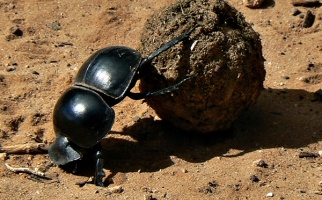
How to Find a Mate When You Smell Like Dung
STEM Explained
Some dung beetles use alternative reproductive tactics to increase their chances of finding a mate. Learn what this tells us about evolution and biodiversity.

How do animals hide?
Hands-on Activities
Play a game of hide and seek to discover how animals can hide in plain sight!

How do animals stay warm in the winter?
Hands-on Activities
Animals have some unique adaptations to stay warm. Discover what conduction of heat and insulation have to do with staying warm!
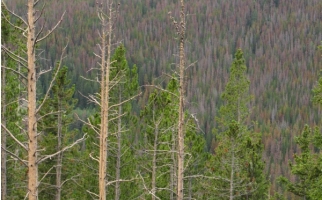
How Do Introduced Species Affect Ecosystems and the Economy?
STEM Explained
When a species ends up outside of its natural zone, the consequences on other species, ecosystems and human industries can be severe. Climate change and human activities can introduce species into new zones.
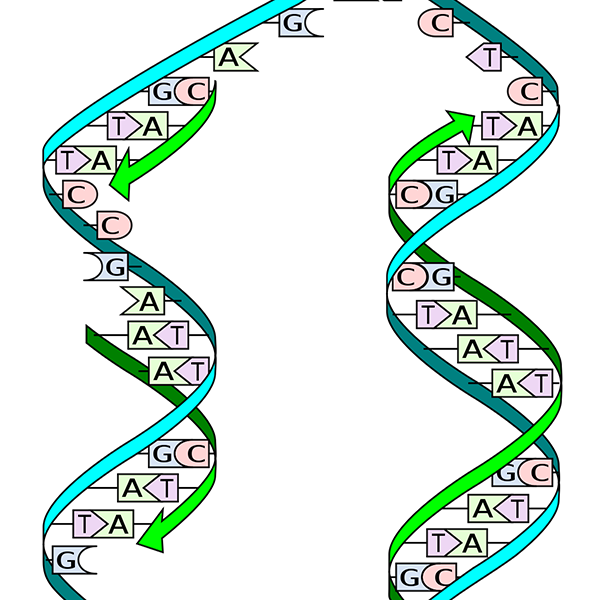
How can I obtain a sample of DNA?
Hands-on Activities
Be a biochemist! Learn how to extract DNA from an onion and find out what DNA looks like.
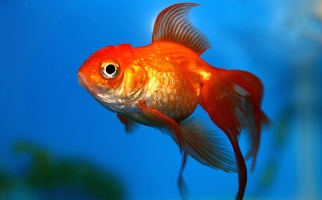
Fish: Freshwater
Picture Collections
4 images of some fish such as koi that live in freshwater river and lake environments and in freshwater aquariums and garden ponds
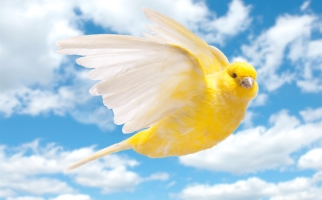
How Can Birds Help Monitor the Health of Ecosystems?
STEM Explained
Scientists can observe birds to get useful information about the health of, and changes in, an ecosystem.
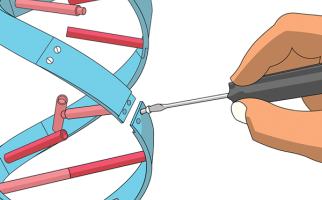
DNA Damage and Repair
Backgrounders
This backgrounder explains the different ways that cells repair damage to DNA.
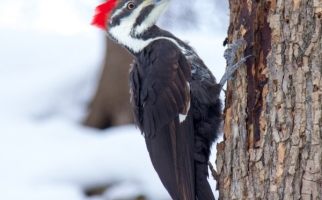
Do Woodpeckers Get Concussions?
STEM Explained
Pecking puts a lot of force on a woodpecker’s brain. But scientists think woodpecker bodies are adapted to help keep them from being injured during pecking-related collisions.

Do You Know What's On Your Plate?
STEM Explained
In 2013, many Europeans learned their beef lasagnas were actually made of horse meat. Learn about food fraud, and how a Canadian invention can help detect it.
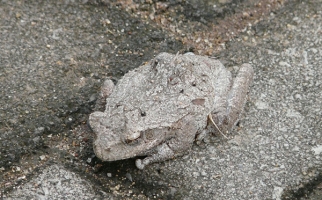
Animal Adaptations
Lessons
Students develop and apply collaboration & communication and computational thinking skills to learn the ways in which animals adapt to their environments.
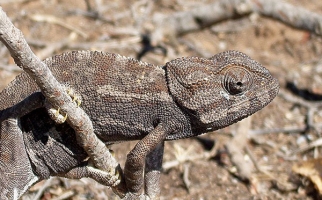
Animals: Adaptation
Picture Collections
11 images of some animals such as lizards and Arctic Hares whose appearance has adapted to provide protection in their environments
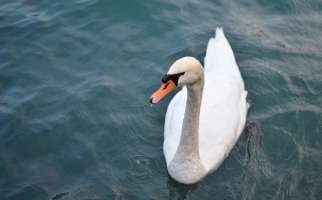
Birds: Aquatic
Picture Collections
12 images of some birds such as seagulls, puffins, ducks and Canada Geese that live on or around freshwater or saltwater habitats

DNA Extraction
Backgrounders
Learn the basics of how DNA can be extracted from cells.